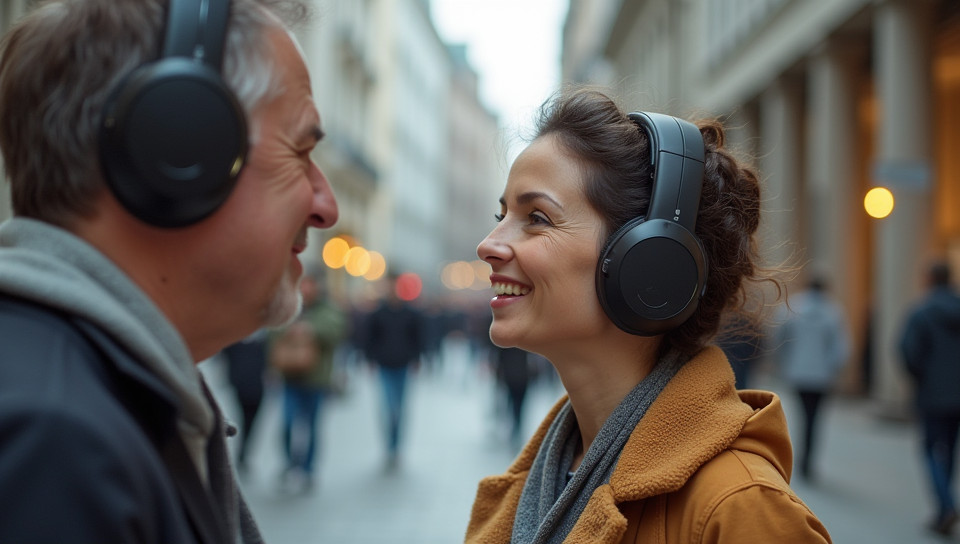Soundwalking methods do not account for hearing differences 73%

The Hidden Consequences of Soundwalking: How Methods Fall Short for People with Hearing Differences
Soundwalking, a practice that encourages individuals to slow down and appreciate the sonic tapestry of their surroundings, has gained popularity in recent years. By immersing ourselves in the sounds of our environment, we can gain new insights into the world around us. However, despite its benefits, soundwalking methods often fail to account for hearing differences that affect millions of people worldwide.
The Problem with Traditional Soundwalking Methods
Traditional soundwalking methods typically involve following a set route, taking note of the sounds encountered along the way, and recording them through written or audio means. While this approach can be effective for individuals with typical hearing abilities, it overlooks the unique challenges faced by those with hearing impairments.
Hearing Differences: A Wide Range of Experiences
Hearing differences come in many forms, including but not limited to: - Tinnitus - Hyperacusis - Age-related hearing loss - Sensory processing disorder (SPD) - Auditory neuropathy spectrum disorder (ANSD)
These conditions can significantly impact an individual's ability to perceive and interpret sounds. For example, someone with tinnitus may hear constant ringing or buzzing in their ears, while another person with hyperacusis may experience sensitivity to certain frequencies.
The Impact on Soundwalking Experiences
When soundwalking methods fail to account for these hearing differences, individuals with unique hearing experiences are often excluded from participating. This exclusion can lead to feelings of isolation and marginalization, as they are unable to fully engage with the practice that is supposed to be inclusive and accessible.
A New Approach: Inclusive Soundwalking Methods
To address this issue, soundwalking methods must evolve to become more inclusive. This can be achieved by:
- Providing alternative routes or itineraries that cater to individuals' specific hearing needs
- Offering accommodations such as ear protection or personalized audio guides
- Incorporating sensory integration techniques to help individuals process and interpret sounds in a more effective way
Conclusion
Soundwalking has the potential to be a transformative practice, offering new perspectives on our surroundings and ourselves. However, its methods must be adapted to account for hearing differences, ensuring that everyone can participate and benefit from this experience. By doing so, we can create a more inclusive and accessible soundwalking community, where everyone's voice is heard – literally and figuratively.
- Created by: Ambre Moreau
- Created at: Jan. 15, 2025, 1:06 p.m.
- ID: 17882









